During the 2014-’15 US PGA Tour wrap-around season, Kevin Kisner played 30 events, which is a really full schedule. He finished second three times, including at the Players Championship, and posted an additional three top-10s. He made 22 of 29 cuts, and four of the missed cuts came during a rough West Coast stretch very early in the season. He finished 21st on the FedEx Cup moneylist, earning $US3.56 million, and he made the year-end Tour Championship in Atlanta. It was, by any definition, an extremely good and lucrative season.
It was also very anonymous. Kisner was a familiar face to anyone who followed golf closely that year, and he always seemed to be in the mix. But a casual fan could easily forget his name just seconds after hearing it. He didn’t win, and two of his three post-February cuts came at the only two Majors he played that year, the US PGA Championship and US Open. Nor was there anything particularly remarkable about his personality that might stick in one’s memory – he looked, talked and behaved like many thirtysomething Americans on their PGA Tour.
Kisner’s 2014-’15 season was a near-perfect example of a very specific kind of golf achievement, and one that happens at least once per year. I’m calling it “nondescript excellence”, and I believe that it deserves recognition as its own special category. What better way to recognise and celebrate these mundane displays of brilliance on the US Tour than a made-up award that you might find vaguely interesting, only to forget about it immediately afterward?
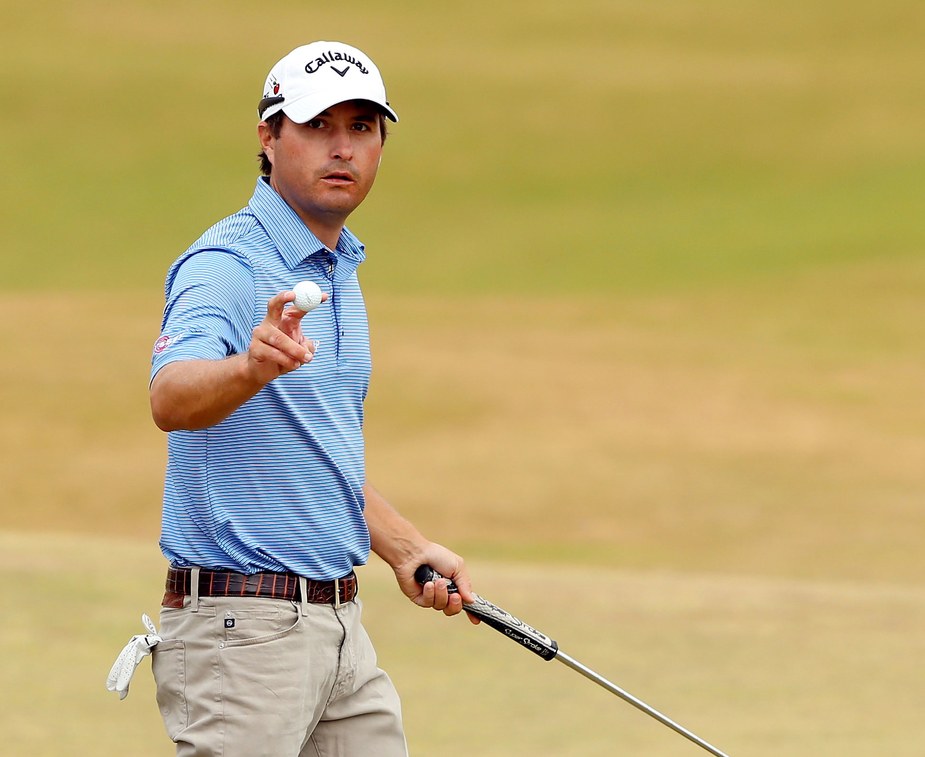
I would like to introduce the Bo Van Kisney III Award for Non-descript Excellence. I will announce this year’s nominees in a moment, but first, let’s define the parameters. To qualify for a nomination, a player must meet most if not all of the following criteria:
1. He must be very good during that season, finishing near the top of the FedEx Cup list, missing very few cuts and threatening to win on numerous occasions.
2. He must not actually win, or if he does, it must be a ‘fall’ event or a really, really minor regular event. Should he win a marquee tour event, a WGC or, god forbid, a Major, that’s instant disqualification.
3. He must be only moderately familiar to a casual golf follower, and essentially unknown to dip-in, “Majors and Players Championship only” fans. He can’t be one of the longest hitters, or noticeably daring around the greens, and nobody must have ever called him a “risk-taker”.
4. He must have no attendant hype – this award is for journeymen, not future stars or college wunderkinds.
5. He must not have any personality traits that would allow him to be considered “larger-than-life” or even “quirky” or “noticeable”. So, for example, someone like Bryson DeChambeau would fail to qualify because he’s a bona fide eccentric who uses protractors and quotes Enrico Fermi if you ask him about his swing.
6. He must have no dominant on-course emotion, at least to the naked eye. This award isn’t fit for someone who is angry, or funny, or obviously competitive. Don’t get me wrong: these qualities can be attributed to him by other players, but that attribution has to come in sentences like, “people don’t understand how competitive _______ really is. He may look pretty calm, but he’s a silent killer.” In other words, if you took someone like Jon Rahm or Patrick Reed and removed all their wins, they’d be eliminated from contention by virtue of the fact that they have murder in their eyes.
7. When the media presses him for personal information, the piece of trivia he offers has to be something along the lines of “I love to boat”.
Now that we’ve established the criteria, let’s take a look back at the past decade to see who would have won this award if it had existed at the time. After that, we’ll get to the 2017-’18 nominees.
2010: Nick Watney. A classic first winner. Eight top-10s in 24 tournaments, zero wins, only two missed cuts and still the most famous story about him from that year is the time Phil Mickelson was a jerk to him at the British Open.
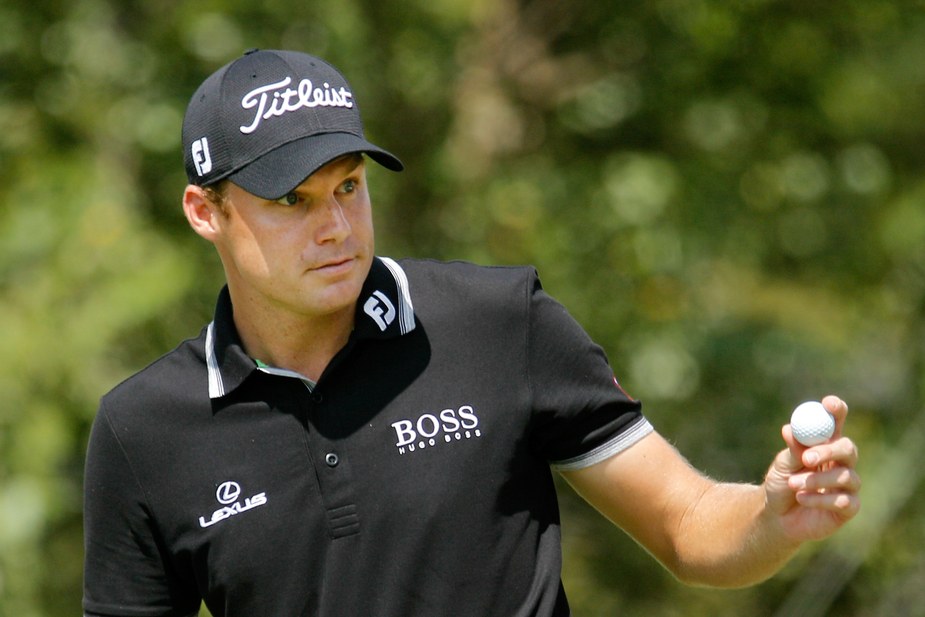
2011: Charles Howell III. He finished 19th on the FedEx Cup list and registered seven top-10s while missing just five cuts in 30 events. Still, he was never so pertinent that you thought he was finally about to live up to that NCAA title he won at Oklahoma State University.
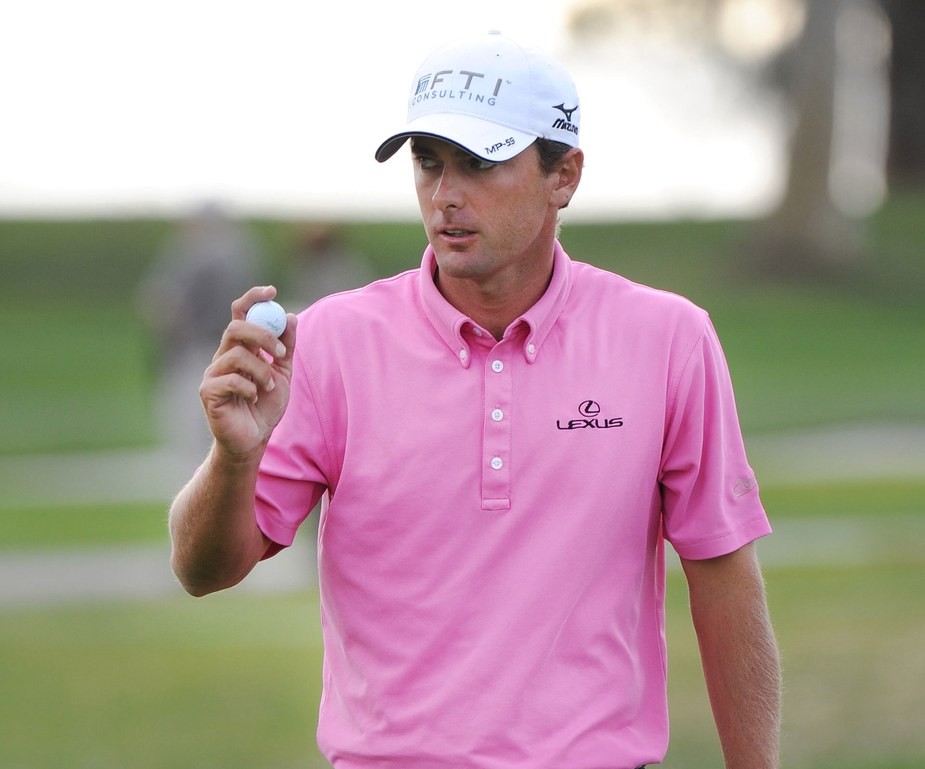
2012: Bo Van Pelt. BVP came close to putting up the quintessential season of non-descript excellence, with 10 top-10s in 24 events, zero wins and just three cuts. It was a terrific year and yet extremely forgettable.
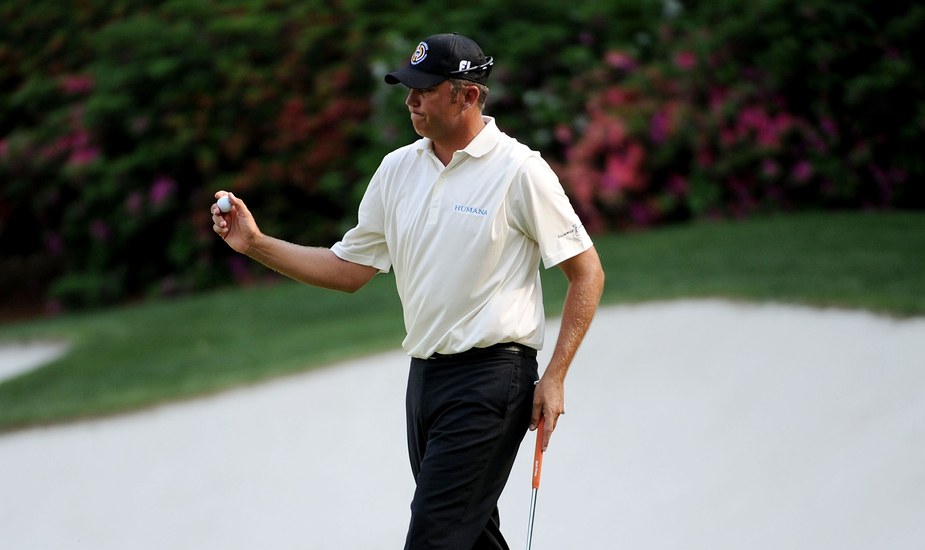
2013: Graham DeLaet. A Canadian?? That’s right, and it only proves how progressive this award is. At this point I believe that DeLaet is actually cursed never to win on the US Tour, and 2013 was his archetypical year – seven top-10s, five missed cuts, three near-wins, mediocre-to-bad finishes at the Majors. I know what you’re thinking: he has a distinguishing beard. True, BUT, it wasn’t a really big deal until 2014. There are really no other great nominees in 2013, and every award needs a controversial winner.

2014: Ryan Palmer. Eight top-10s, just three cuts, and even after writing this sentence I’m not sure the last time I’ve heard of him.
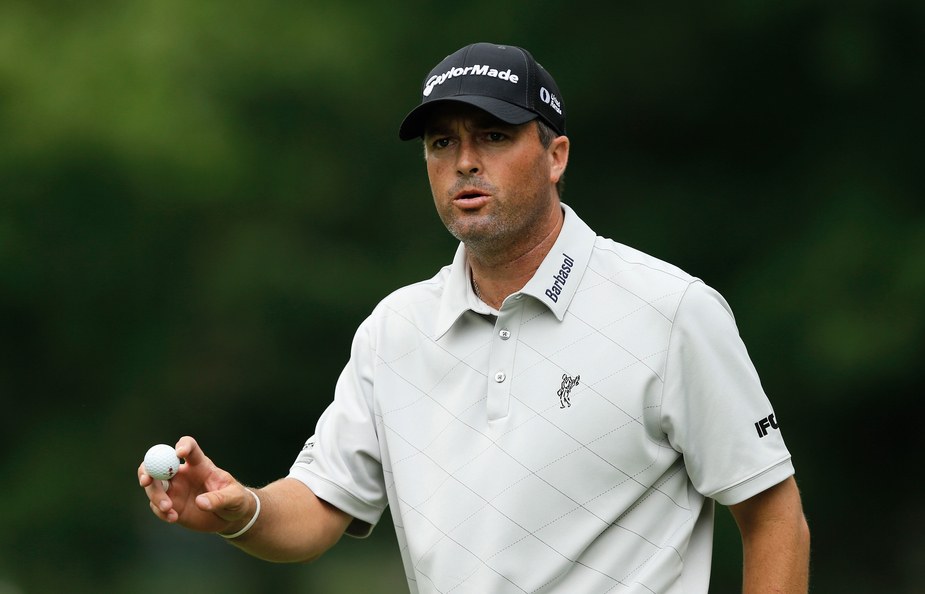
2015: Kevin Kisner. See above.
2016: Kevin Chappell*. This one has a large asterisk because Kevin Chappell and Kevin Kisner might be the same person. It’s worth noting that Chappell almost blew his chance by winning the Tour Championship at the end of 2016, but was saved from that tragedy by Rory McIlroy.

2017: Charley Hoffman. This was probably the toughest year to decide on a winner. Tony Finau had all the numbers, but his game borders on being too dynamic. Kyle Stanley seemed to have it locked up, but he went and won the Quicken Loans. Guys like Bill Haas and Chez Reavie were too far down the list. That leaves us with Hoffman, who registered seven top-10s, two seconds and two thirds. I’ll be the first to admit that with four US Tour wins to his name, including a 2010 FedEx Cup event, Hoffman is probably the least deserving winner on this list. But his personality is a pretty-good match, and in the end that carried the day.

And without further ado, it’s time to announce the five early nominees for the 2017-’18 season. Drum roll, please:
Nominee: Luke List
The clubhouse favourite, already with five top-10s and 10 top-25s. Hurt by a high number of missed cuts (seven), but pushed to the top by relative anonymity.
Nominee: Brian Harman
The best on-course résumé by far, with eight top-10s and zero wins. His problem is that he often displays a good deal of anger on the course, has a “quirk” in that he’s shorter than almost anyone else on tour and – a more minor complaint, and mostly faded by now – was massively hyped as a junior and college golfer.
Nominee: Chesson Hadley
Hadley is a legitimately funny dude, and he has the body shape of one of those wind socks you see at a car dealership. So despite his six top-10s and zero wins, he’s still considered a longshot.
Nominee: Kyle Stanley
It’s a tribute to Stanley’s Kinsey-esque qualities that we’ve already mostly forgotten that he won a biggish event last year. Still needs some late season success to overtake List.
Nominee: Tony Finau
An unlikely winner due to the power and skill of his game – plus he has that whole comeback from that gruesome ankle injury at Augusta and near certainty that he’ll win big events in the future working against him. His one career win, at the Puerto Rico Open in 2016, is easily forgivable, however.

Regardless of who takes home the Bo Van Kinsey III Award for Non-descript Excellence this year, they all deserve to be kind of proud. Only one can claim the top prize, but in my book, they’re all nearly winners, and if there was any justice in the world, they’d all be popping bottles of a carbonated alcoholic drink that is similar to but not quite champagne.
